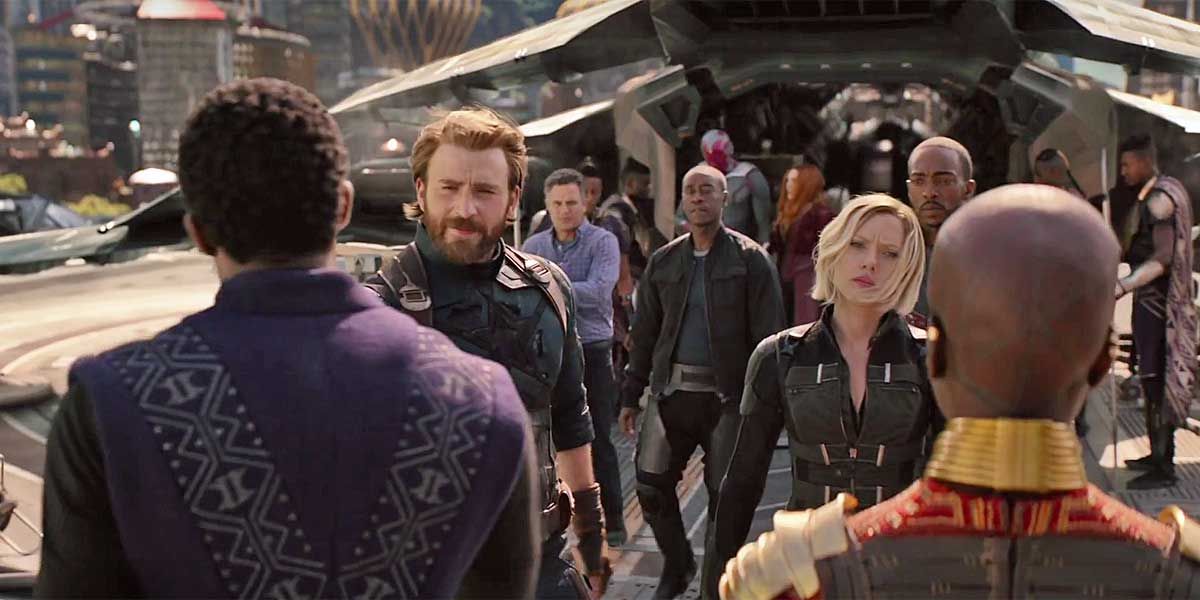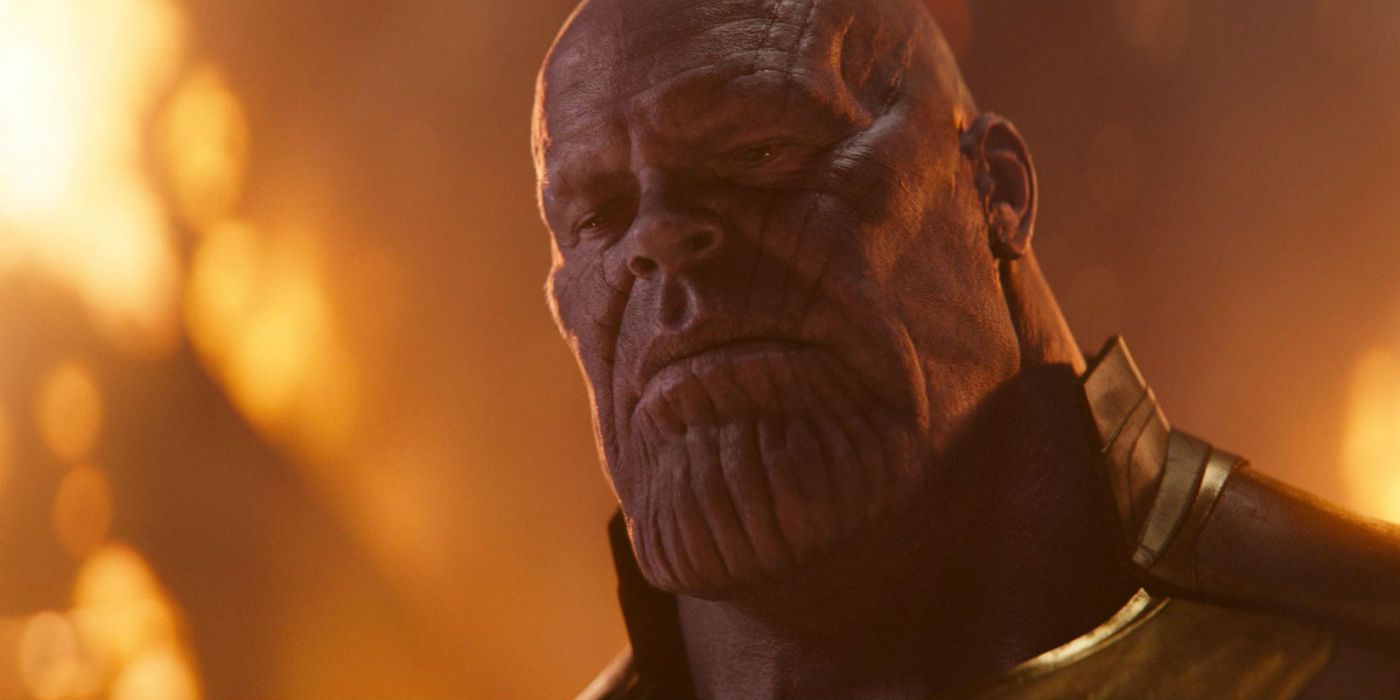WARNING: The following article contains major spoilers for Avengers: Infinity War, in theaters now.
CLICK HERE FOR CBR'S FULL AVENGERS: INFINITY WAR COVERAGE
Avengers: Infinity War is finally here, and it’s crammed full of dramatic moments that twist and turn the Marvel Cinematic Universe in ways we’ve never seen before. And although many people predicted multiple deaths, the final few minutes still managed to shock audiences. The Russo Brothers, Christopher Markus and Stephen McFeely crafted a cliffhanger that already has fans salivating for the still untitled Avengers 4
With a snap of Thanos' fingers, half the life in the universe is snuffed out, including many of our beloved heroes. But Thanos also disappears, only to reappear somewhere with an orange hue, confronted by the younger version of Gamora we saw in a flashback earlier on in the film, who asks him if he managed to do it, and what it cost.
RELATED: Infinity War: The Craziest Soul Stone Theory Turned Out to Be True
Thanks to the color of their surroundings, it’s clear that Thanos has teleported himself within the Soul Stone. And since Gamora was killed as part of Thanos' plan to get the Stone, it makes sense that her soul had been absorbed into the gem as well. Since this is how he will always remember her, it stands to reason her soul would appear to him as a child.
In Marvel Comics lore, the Soul Stone actually houses a pocket dimension in which souls essentially live lives after their bodies die. in fact, the stone is actually sentient and it has a desire to absorb souls, storing them within its pocket dimension where they can live peacefully. The final scene of Infinity War shows Thanos in a picture perfect setting. He’s in a wooden hut in a beautiful field full of colorful plants, and the sky is like a watercolor painting. It’s almost paradise, and is most certainly the pocket dimension within the Soul Stone that Thanos has retreated into, so he can heal after his monumental battle across the cosmos.
The ending does bear some resemblance the ending of Jim Starlin's Infinity Gauntlet, In which Thanos decides to change his role in the universe after Nebula mounts her own reign of madness across the cosmos. When Adam Warlock travels into the future, he finds the Mad Titan leading a simple life on an idyllic planet, farming the land instead of committing mass genocide. Although he might not have been tending crops at the end of Infinity War, Thanos is clearly taking time to rest after the stress of wiping out half the life in the universe.
RELATED: Thor’s New Infinity War Weapon (and Its Power), Explained
The Soul Stone allows its owner to control life and death, so if someone else manages to wrest the Infinity Gauntlet from Thanos, it would be possible to bring souls back from within the pocket dimension. Adam Warlock, a character yet to appear in the MCU, has been in possession of the Soul Stone on numerous occasions in the comics, even attaching it to his head no unlike the Vision and the Mind Stone. While Warlock's arrival has yet to be foreshadowed on screen beyond a brief glimpse of a cocoon in GotGv2 that resembled his comic book chrysalis, the minds behind the MCU's continuity have discussed him, so there's a chance we'll see him play a role in Thanos' eventual defeat.
The Soul Stone has been one of, if not the biggest mysteries the MCU has set up to date, so it’s obvious that it’ll play a major role in Avengers 4 and beyond. The question now is, who will be the one to use it, and the Gauntlet, to reverse Thanos' intergalactic genocide?
Directed by Joe and Anthony Russo, Marvel’s Avengers: Infinity War stars Robert Downey Jr., Josh Brolin, Mark Ruffalo, Tom Hiddleston, Chris Evans, Chris Hemsworth, Jeremy Renner, Chris Pratt, Elizabeth Olsen, Sebastian Stan, Benedict Cumberbatch, Paul Bettany, Samuel L. Jackson, Cobie Smulders, Benedict Wong, Zoe Saldana, Karen Gillan, Vin Diesel, Dave Bautista, Pom Klementieff, Scarlett Johansson, Tom Holland and Anthony Mackie. The film opens April 27.
KEEP READING: Avengers: Infinity War’s Post-Credits Scene, Explained


